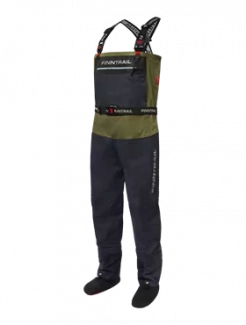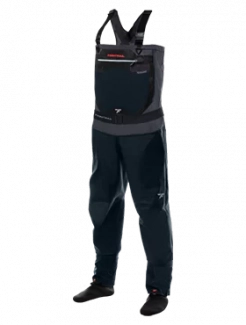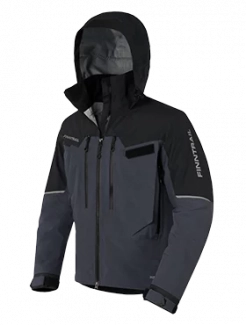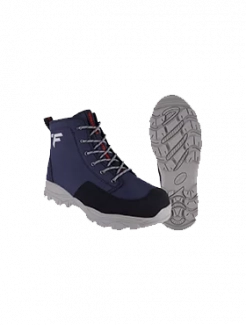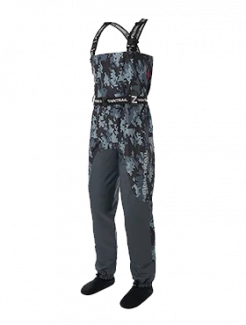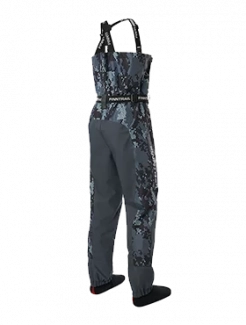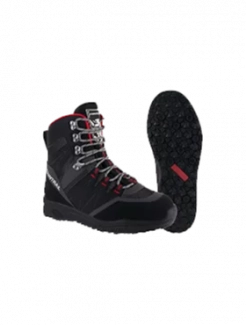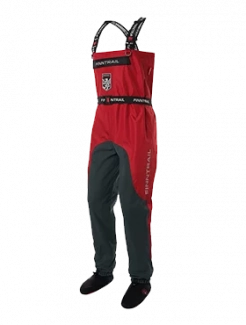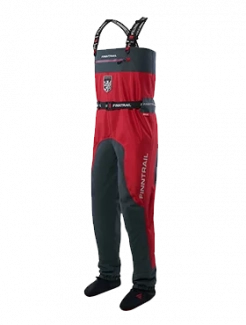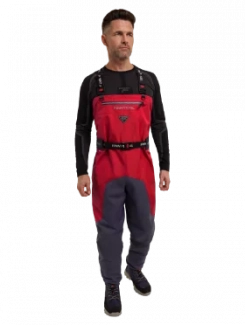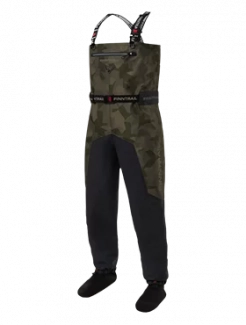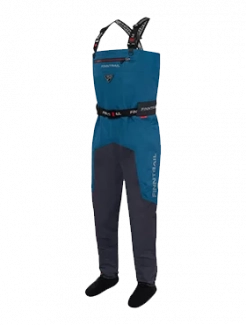Night Fishing Made Easy: Beginner Tips & Equipment Guide
Do fish sleep at night? Sooner or later, every angler asks this question when they start learning more about night fishing. In short, the answer is yes. But because fish do not have eyelids, it is difficult to distinguish a sleeping fish from an active one - they look the same. The good news is that even if fish are sleeping, they can still react to the bait and be caught. And another positive fact is that there are certain species of fish, like catfish, bass, or trout, that are nocturnal predators, and they are more active at night. Many experienced anglers say that the chances of catching a bigger fish are higher at night, as this is the time for big fish to hang out. So, if you want to have a big haul, then there are ten most useful tips for fishing at night that you have to learn about.
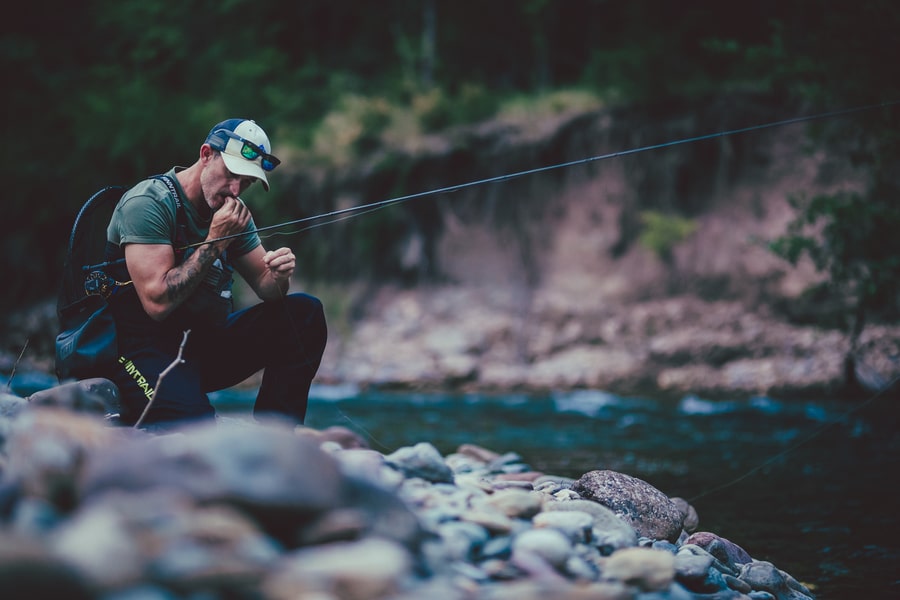
10 nighttime fishing tips
1. Learn how your target fish behave at night
Although most fish species have limited eyesight, they may feel vibrations from the boats, and at night, when there are fewer boats on the water, they become more active and eager to hunt. Fishing at night varies from day fishing. Fish, nature, and water behave differently, and not knowing about it can ruin all the night that you spent fishing. Catfish, for example, are famous for feeding at night, as when they hunt, they do not need to rely onvision but on their sense of smell. So, if you are going after catfish, try using strong-smelling baits like chicken liver or cut shad. Bass fishing tips include going to shallow water to hunt along weed edges or near drop-offs because they tend to stay there and wait for baitfish gathering there. Shallow flats or rocky points should be included in your night fishing route. Crappie may swim around sources of light, because they attract baitfish, and that is why having a flashlight or a lantern might be a good idea.
2. Get your night fishing permit (if required)
Night fishing is almost always legal. But if it is illegal to fish during the daytime, then the restriction works the whole day.
Anyway, there are some lakes, rivers, or coastal areas that have special rules for fishing at nighttime. In certain states or countries, you may need a night fishing permit or an extension to your regular fishing license. Night fishing might be banned not only due to spawning season or protection of vulnerable species, but also because of night currents and unguarded dangerous areas. Thus, always check the local regulations before heading out; fines can be high if fish wardens see you on the water. So, one of the most essential night fishing tips here is to go to the state fishing website and search for “night fishing zones” to learn more about the hours when it is allowed. If you are fishing in a park or reservoir in the city area, rangers often do spot checks after dark to find people who are poaching or causing environmental damage to the city's sights.
3. Scout your spot in daylight
If you are going for night fishing for the first time, it might be an intimidating experience. Once the sun is down, nature looks different, the sounds around are new, and the whole experience sharpens your senses. The best tip here is to be prepared for what to expect. Before sunset, walk along the bank, or you can also use a boat to check the areas. Look for drop-offs, weed beds, submerged logs, or rocky points where fish like to gather. Knowing your surroundings before dark helps you avoid hazards and puts you right on the fish when night falls. Late night fishing might be scary, but you can calm your mind by checking the potential fishing spots in advance.
4. Use the right lights, but do not overdo it
If you fish from a boat, then you have to use boat lights for night fishing. Otherwise, it is considered illegal and dangerous for other people on the water. Boats are normally equipped for night fishing trips with red and green lights on the bow and rear light pole lights. Your responsibility here is to provide proper night fishing light maintenance and check them regularly before going out.
However, if you do not have a boat, the scenario is different. Bright fishing lights can be excessive and frighten fish away from you. Most of the fish species have sensitive eyes and they are more likely to swim out of it. That is why you should use light only when you are entering or leaving the water, walking through an unfamiliar area, or when you have caught a fish and need to check it and change the bait. When your line is cast and you are waiting for a bite, it is best to turn the light off so you do not scare the fish away. Also, a flashlight and a headlamp are two important things that must always be with you on night fishing. As a flashlight is easy to drop in water, consider a waterproof version that will survive it. A headlamp is more convenient to use, but it is not the best nighttime fishing light as its brightness is normally low.
Another helpful device you may consider buying is rod tip lights for night fishing. These glow sticks highlight the rod and make it visible to notice when a fish bites the bait.
Crappie night fishing tips: use submersible green lights off the side of the boat, and after 20–30 minutes, you will see clouds of minnows showing up, followed by hungry fish.
5. Choose baits and lures that work in low light
When you fish at night, you have to remember that fish can’t see as well as they do in daylight. Instead, they pay more attention to vibrations in the water, changes in temperature, and scents. That means your choice of bait or lure matters even more.
For nighttime bass fishing, the tip is to use buzzbaits that can grab their attention, and soft plastic lures with added scent that can make them strike even when visibility is low. Move your lure slowly and steadily, as bass are more cautious in the dark, but if they sense steady vibrations, they will follow and attack.
Catfish night fishing tips are all about smell, so strong-scented stink baits, pieces of cut fish, or live baitfish work best.
Also, it might surprise some anglers, but dark-colored lures often work better at night. From below, against the night sky, a dark lure can be easier for a fish to spot than a bright one.
6. Keep your gear organized
Fishing in the dark means you will not see well enough to dig around for tools or lures. Each time you turn a flashlight to find where your lures are, you risk both frightening the fish around you and dropping gear. So, before entering the water, set up your rods, tackle, and baits. Keep your most-used gear within arm’s reach and in the same spot so you can grab it without looking.
Nighttime fishing tips: here is to plan how you would carry all the gear on you (with belts, vests, bags) before you go out fishing.
7. Listen for fish activity
Your ears can tell you a lot when your eyes can not. Splashes might mean bass chasing shad or carp feeding near the surface. Gentle ripples can be baitfish moving nervously, which is a sign of a predator nearby.
Carp night fishing tips: when you hear soft grunts or the sound of them blowing bubbles, that possibly means that carp feed along the bottom or near underwater plants. These subtle noises can help you pinpoint their location even when it is too dark to see them.
8. Try ice fishing at night (if in season)
Night ice fishing can be the best time for catching walleye, crappie, and burbot. These fish often feed more actively under the ice after dark. Use a heated shelter for comfort and safety, and glow-in-the-dark jigs to catch their attention in the dim light.
You can also keep your fishing hole well lit with a lantern, and by doing so, it can attract plankton, which brings in baitfish, which then attract predators. Another winter night fishing tip is to dress in layers, as there is nothing worse than stopping fishing due to frozen arms or legs.
9. Watch the moon and weather
The moon can influence night fishing. Bright moonlight often helps predator fish hunt more actively, while nights might require noisier or more scented lures. In coastal areas, night tides can trigger feeding frenzies, when fish have unusually intense feeding excitement and snap at any food they see. So, river fishing at night on a full moon may be the best time for this experience.
10. Dress for comfort and safety
Night fishing often means cooler temperatures, and the weather can change quickly. Wear layers, bring a waterproof jacket, and keep yourself warm enough. Also, always tell someone where you will be fishing and when you plan to return. If your phone has a signal, a smart move is to share your location with someone as well.
Night river fishing may be hazardous, especially when it is swollen or there are spring currents. So, take necessary precautions such as wearing a life jacket and sharing your location with someone else. Also, if the water level is high enough, it is better not to take risks and avoid wade fishing.
Night fishing gear checklist:
-
Night fishing permit (if required)
-
Nighttime fishing lights (a headlamp, a flashlight)
-
Lantern for a camp or bank area
-
Glow sticks or clip-on rod lights for bite detection
-
Rods
-
Reels with smooth drag
-
Extra line
-
Night fishing boat lights, if you have one
-
Lures for low light
-
Strong-smelling bait
-
Tackle box with lures pre-selected for the night
-
Rod holders or bank sticks
-
Weather-appropriate layers
-
Waterproof jacket
-
Comfortable waterproof boots
-
Life jacket (especially for boat fishing)
-
First aid kit
-
Whistle or signaling device
-
Map or GPS device
-
Ice picks and rope (for ice fishing safety)

